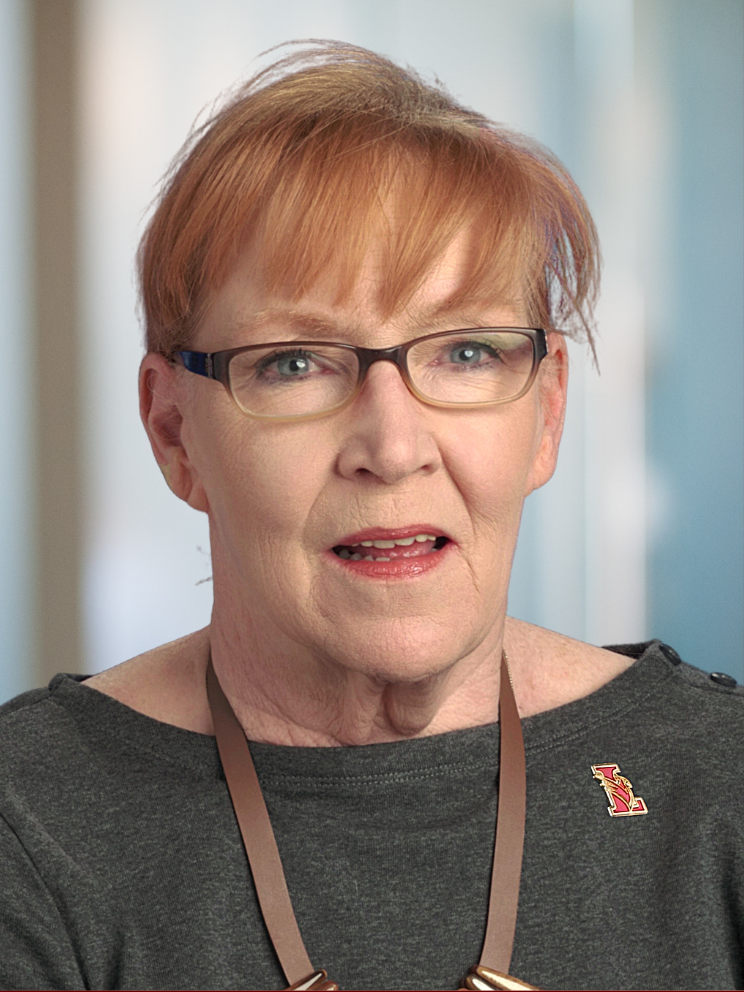My mom had a great relationship with her regular pharmacy. In addition to getting prescriptions filled, a visit there included a dedicated, professional woman assembling our nonpharmacy shopping list so Mom could go to the back of the store and her “order” would be ready. On days when I was not free to drive her to that pharmacy, the backup was a drugstore with free delivery. They wouldn’t add in a box of tissues or a magazine, however, so we used it as a last resort.
The problem was that, with several doctors and two different pharmacies filling prescriptions, no single person had a handle on exactly what was in the medicine cabinet. On top of that, we ordered some long-term meds in cost-saving bulk by mail. My mother kept a list of her medications in her wallet with her emergency contact information, but I can’t say it was always current.
We started bringing the medicine bottles to the doctor’s office just to be safe, and many times we learned we had duplicates—same drug, different name—or that there were potential interaction dangers.
Once, while seated in a waiting room, I spied a brochure with a list of medicines that may be dangerous for older people. It was called the Beers Criteria, named for the physician who created the list about 20 years ago. Updated in 2012, it names about 75 drugs that seem to affect older people in potentially harmful ways. It turned out to be a great tool for Mom’s doctor visits.
I knew I had to be proactive, but back then it was a challenge. Today there are easy ways to avoid prescription mix-ups, or at least minimize them. Drugs.com has a free, simple-to-use, interaction checker. I use it when I am caregiving and recommend it to anyone taking or managing multiple prescription medications. It’s easy to enter the medicines you take, even over-the-counter medications, vitamins and supplements. You can see if a new medication will interact with what you already take. Drugs.com will keep a list of your medications, too. I spent a few minutes entering information and netted some real peace of mind.
The doctor’s office can be intimidating, so it is a good idea to go prepared. I make a list of questions and concerns that includes any changes in routine, like sleeplessness, diet or stress levels. It helps to bring a list of current medications, including how and when they are taken—with meals, before bed, etc. I keep all the information together in a journal to take to every appointment. It’s there for me to jot down questions between visits and helps me organize my thoughts so all of my concerns are addressed before I leave. Try a health journal to manage your own health care.
An article in the Atlantic reports that side effects from four well-known drugs are the cause of one-third of all ER visits by older people. Not falls, not heart issues. In light of this news, I am reminded how important it is to know what medicines you are taking and to make sure you share that information with everyone involved in your health care, from doctors to pharmacists to daughters.

Pepper Evans works as an independent-living consultant, helping older adults age in place. She is the empty-nest mother of two adult daughters and has extensive personal and professional experience as a caregiver. She has worked as a researcher and editor for authors and filmmakers. She also puts her time and resources to use in the nonprofit sector and serves on the Board of Education in Lawrence Township, NJ.



